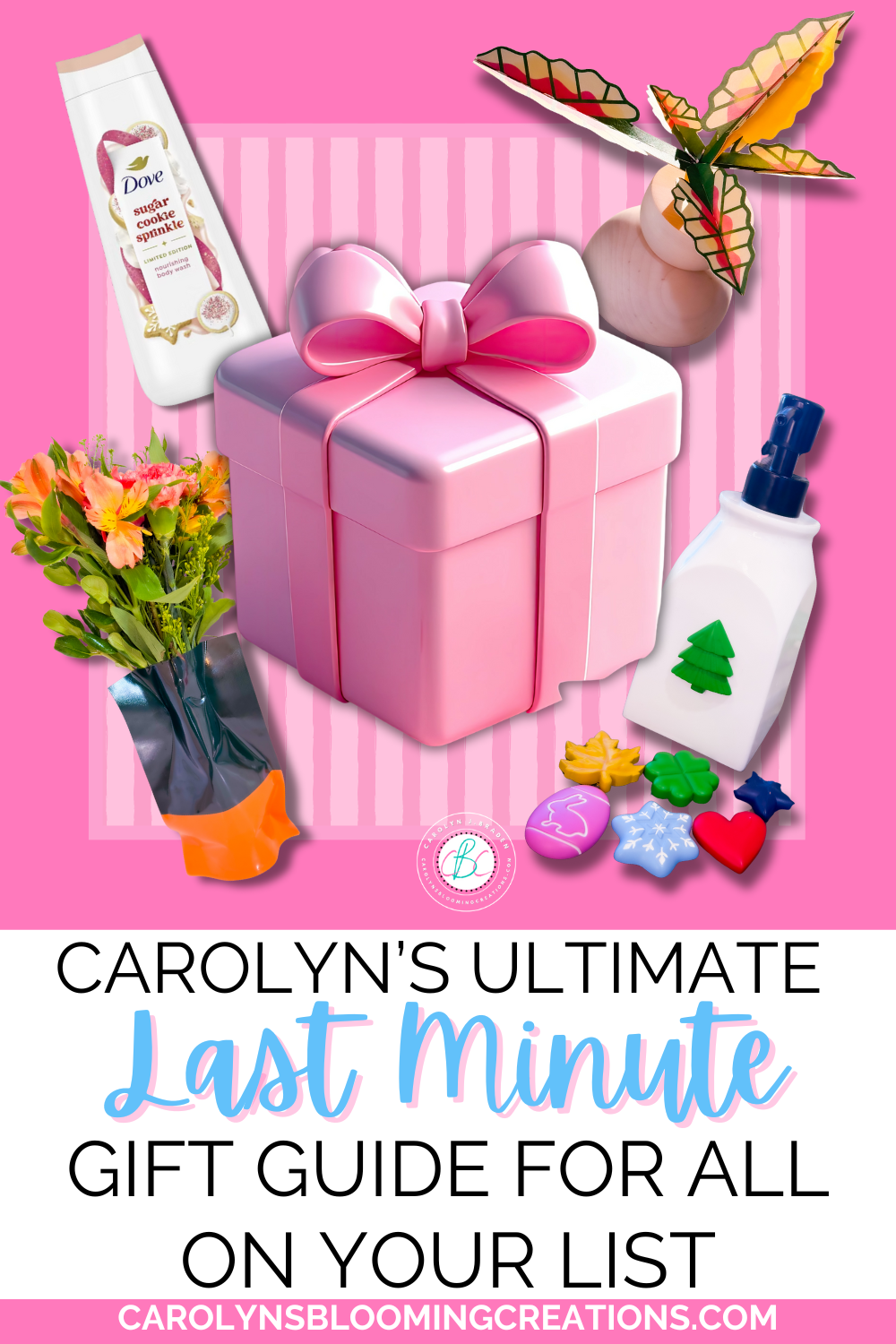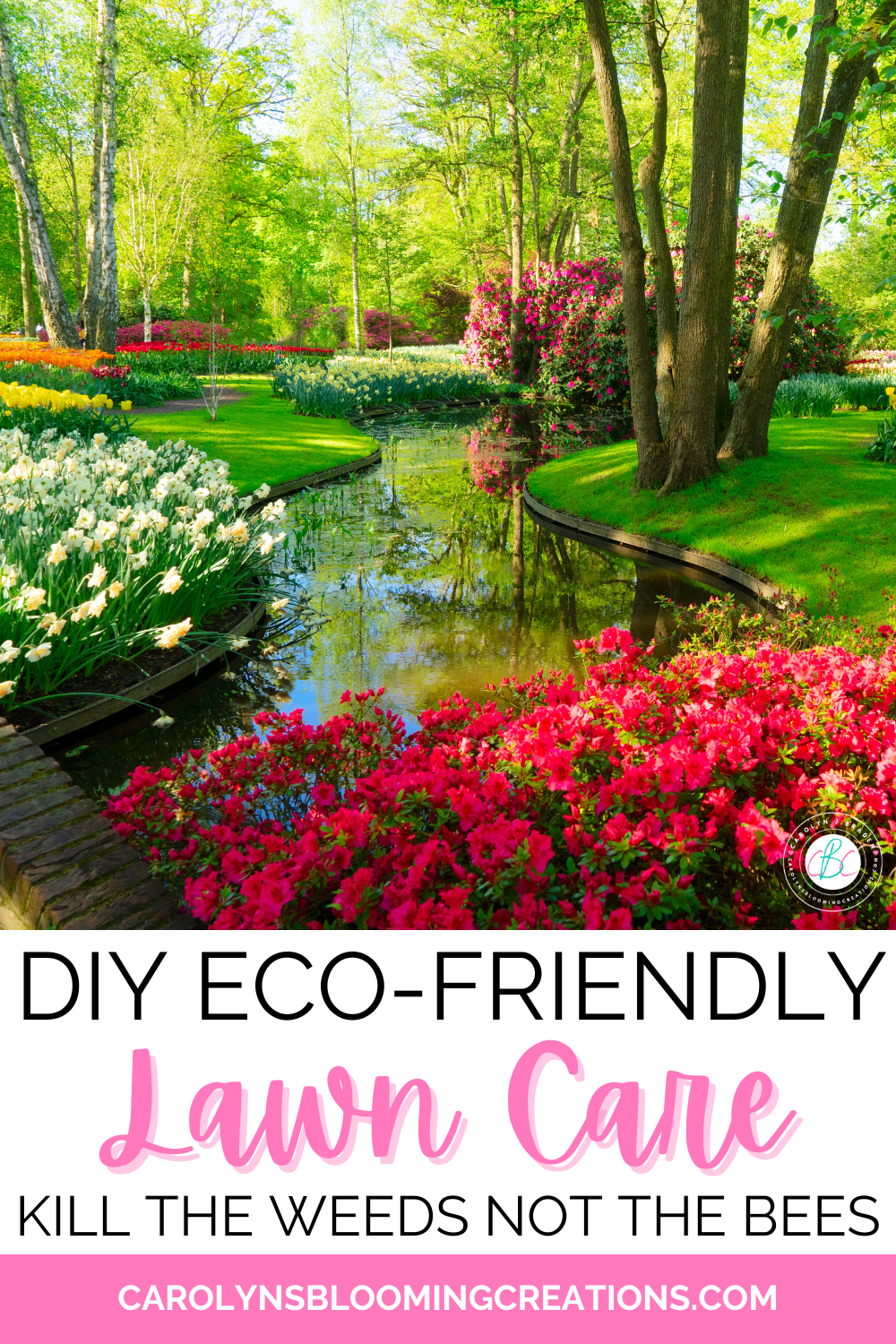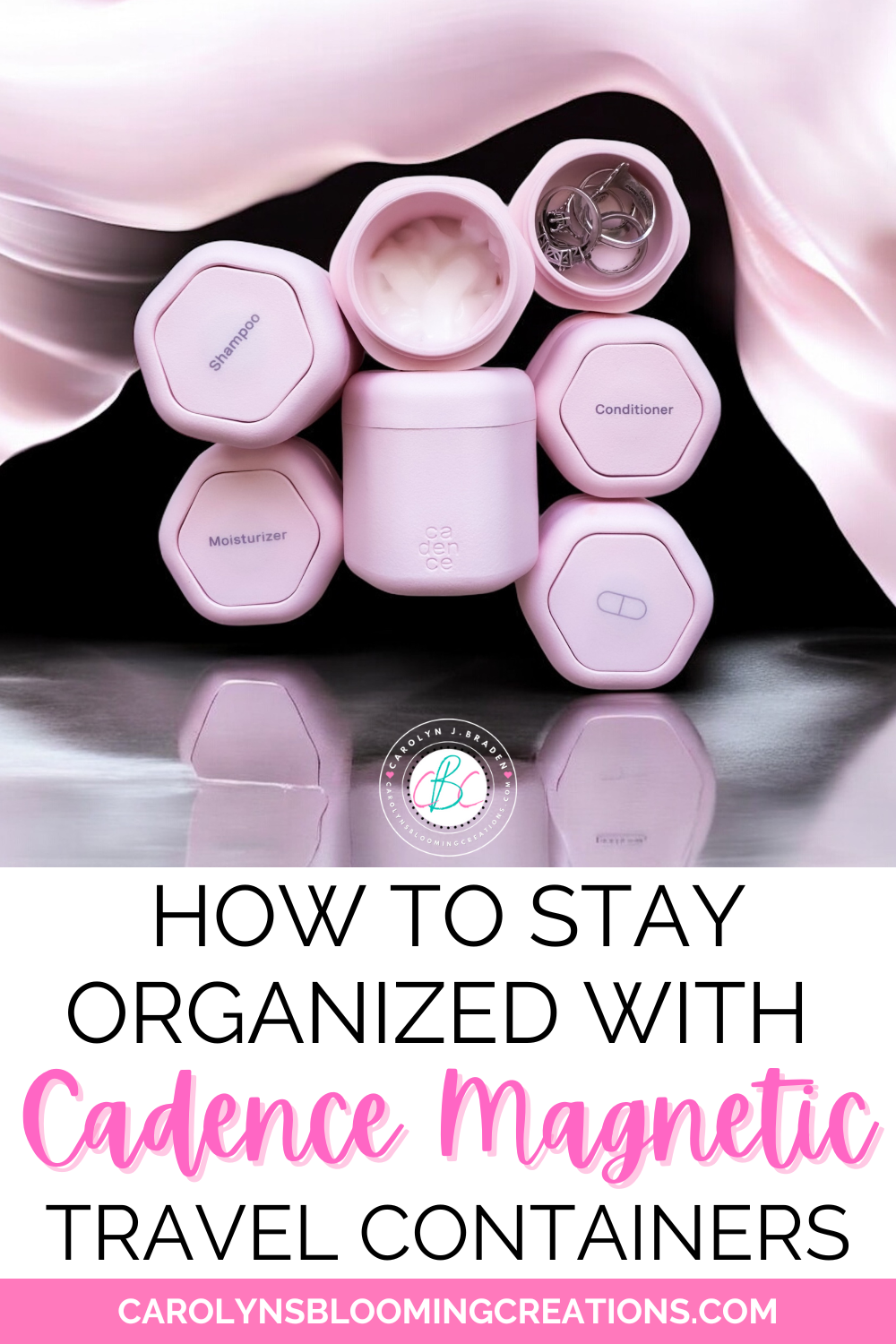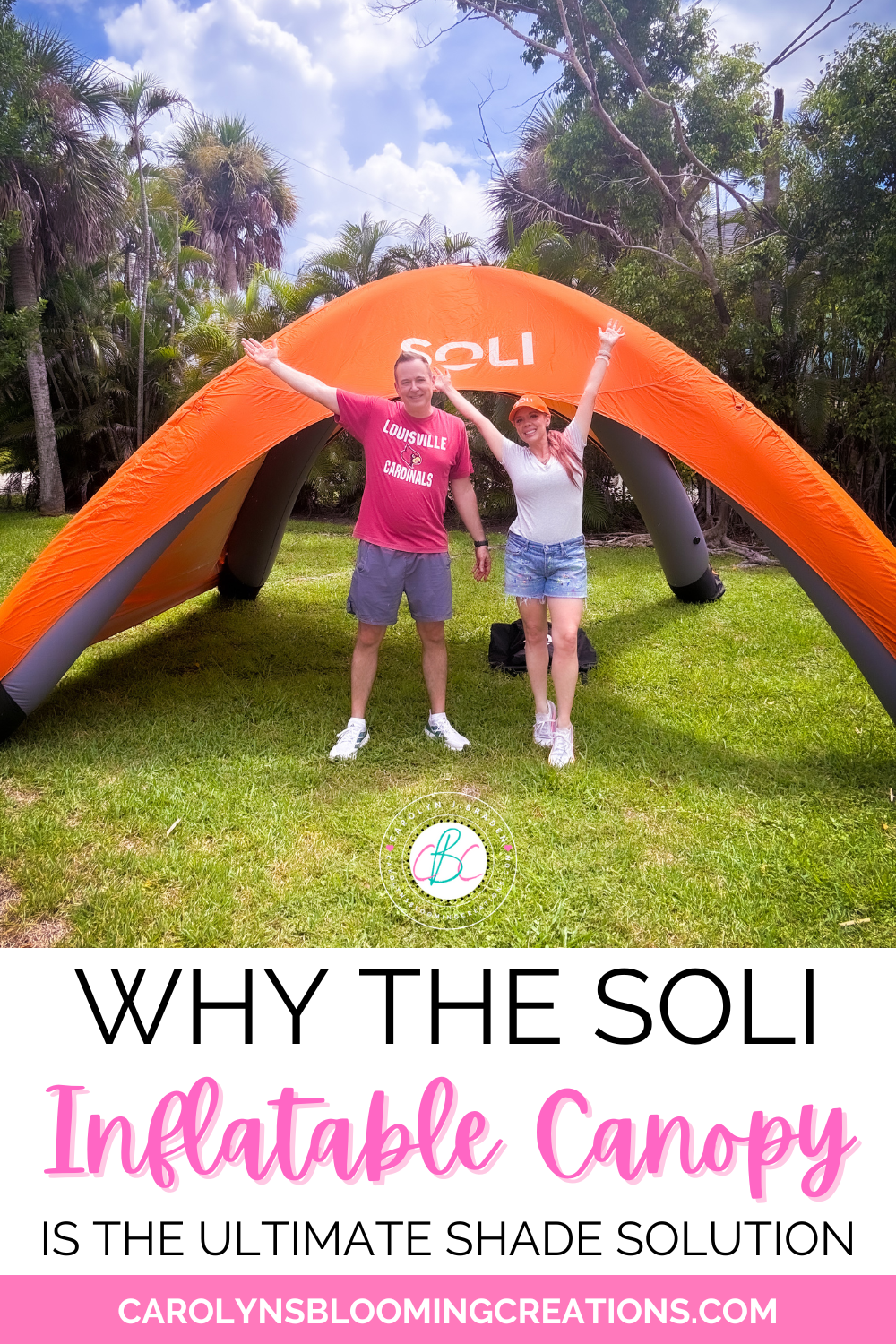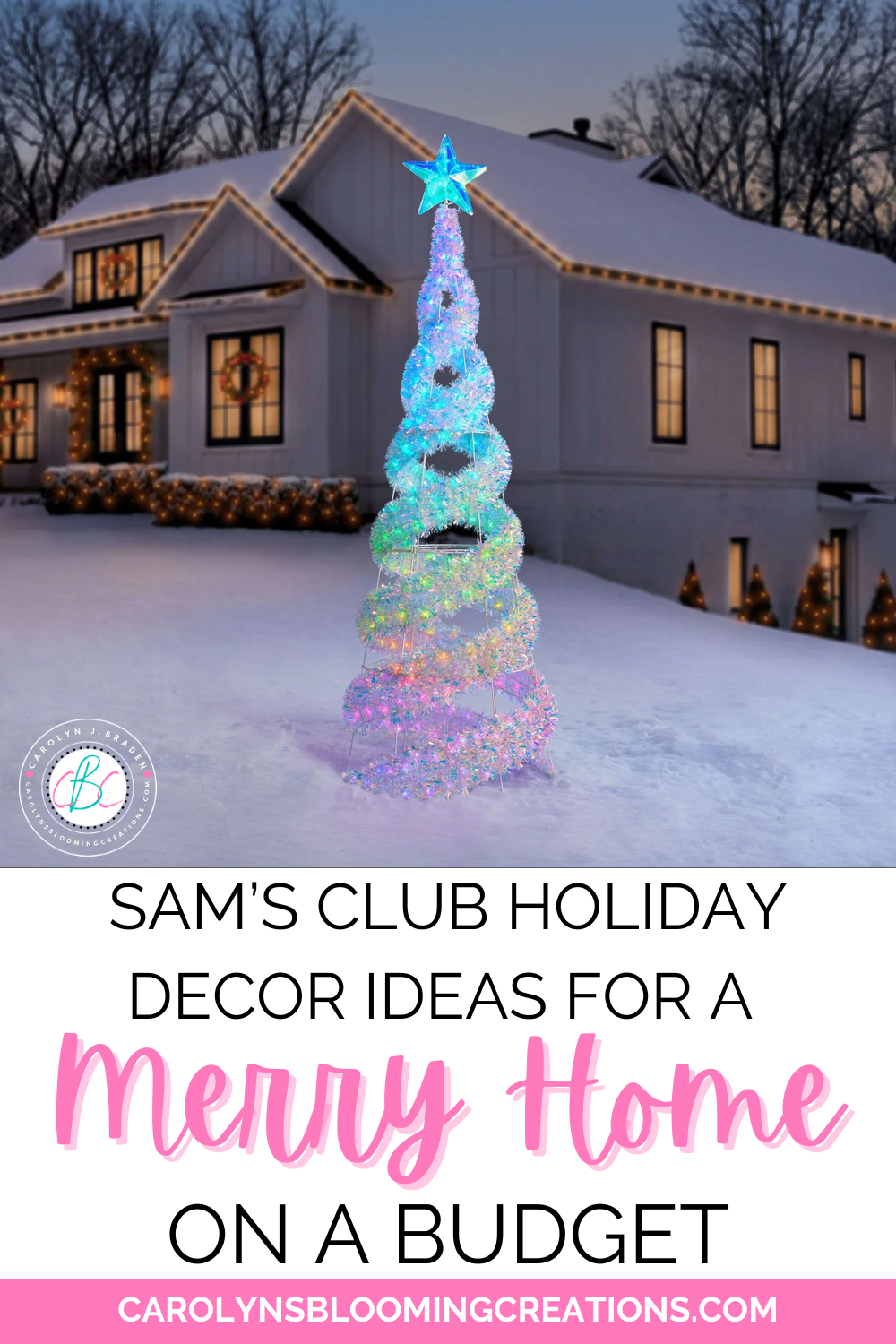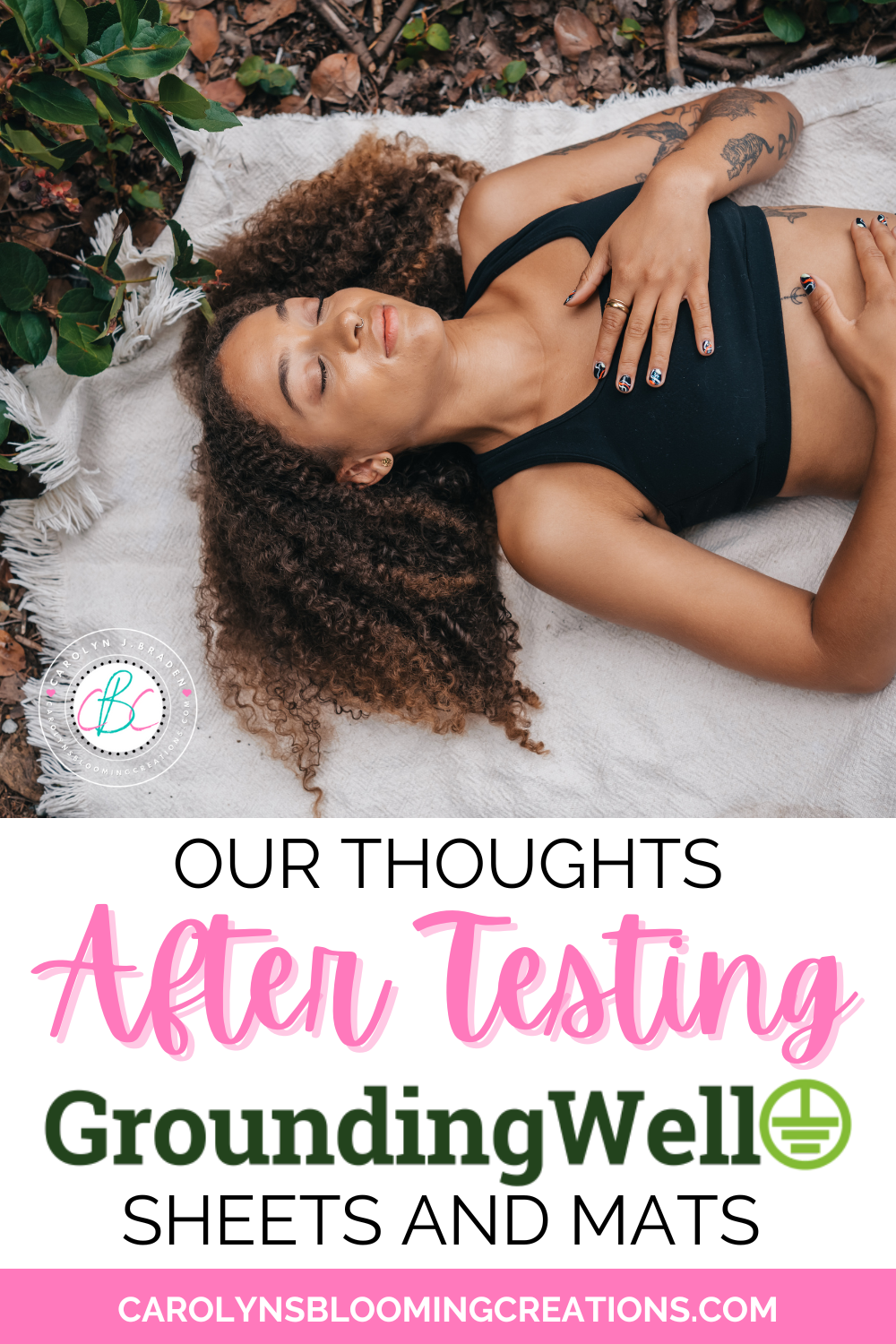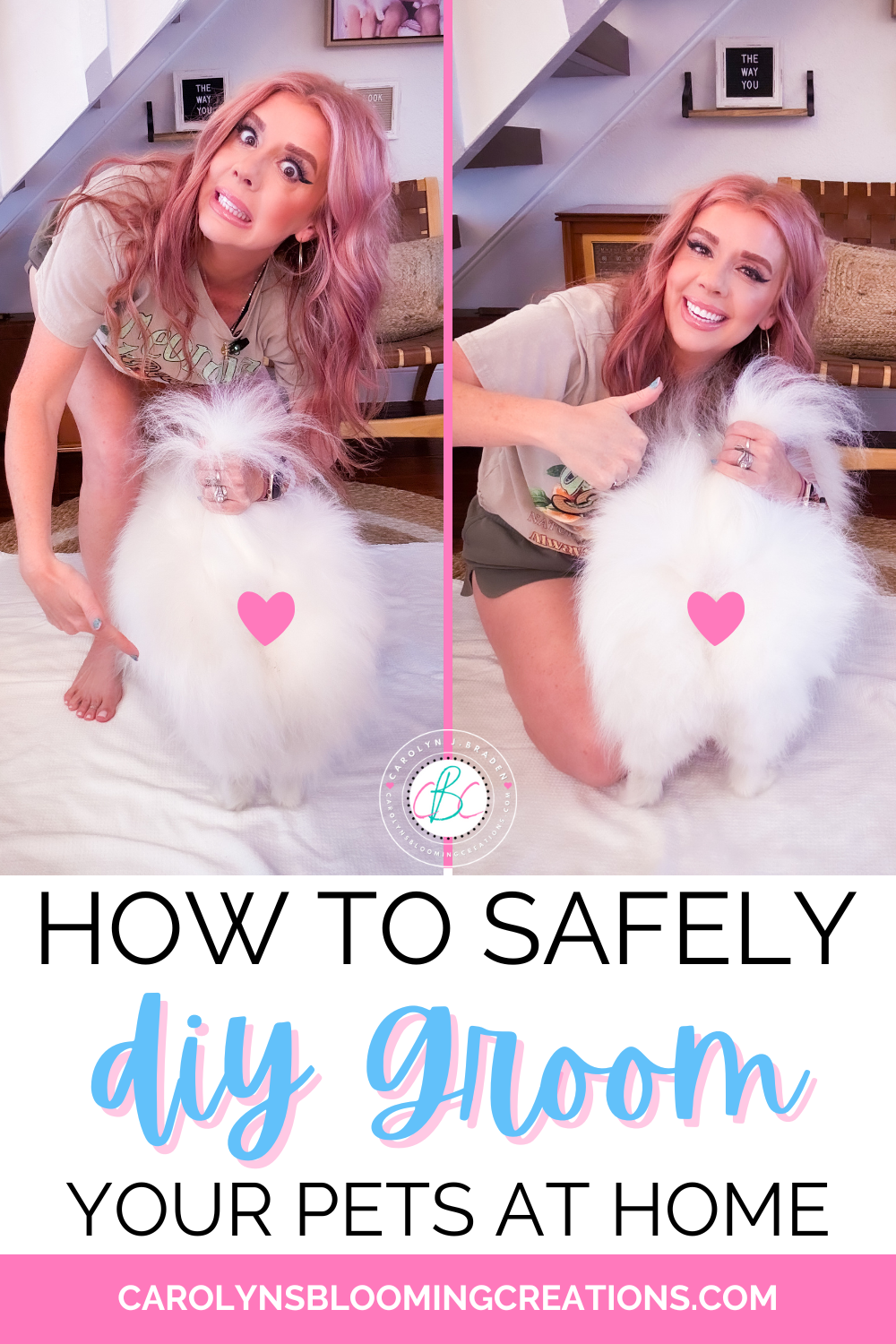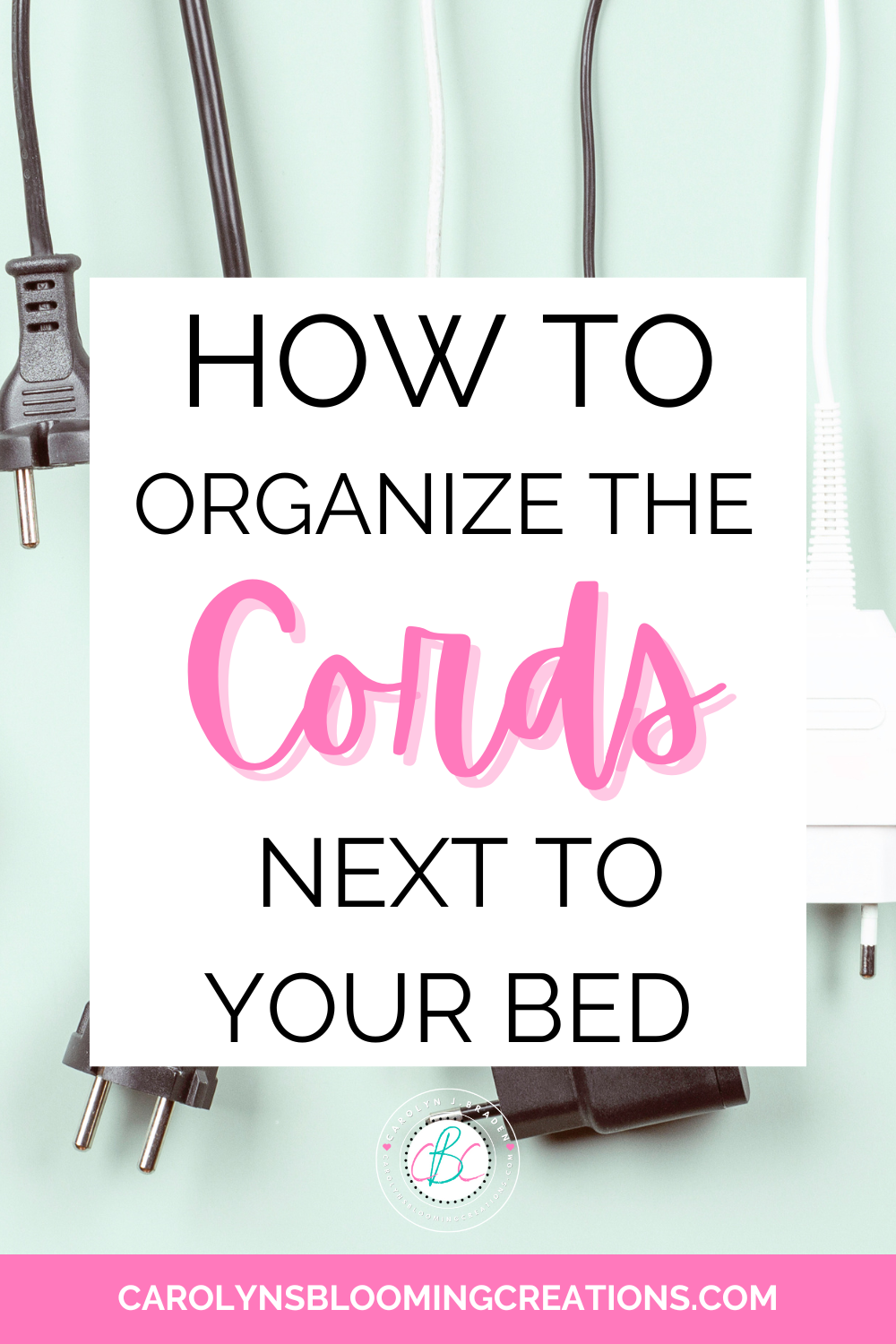Carolyn J. Braden • 3 Minute Read
Your Home is a Safe Space: How to Keep It That Way
You spend so much time at home that it needs to be somewhere you feel comfortable and secure. Making it a safe, healthy environment can take some effort, as does keeping it that way, but it is well worth it for the benefits you can achieve. Before offering tips that may be valuable for your family’s home, let’s discuss the importance of safety at home for both your mental and physical health.
Clear the area by your door to lessen chances of break-ins
Mental and Physical Health Benefits of a Safer Home
A safe and secure home feels more calm and reliable than one that is not. While that might seem like common sense, the effects of that feeling cannot be stated enough. A relaxed space is one that reduces anxiety and stress. That is where you can feel at ease to drift off to sleep, and it may improve your mood.
We like using grounding sheets to help us ease into sleep. Check out our favorite brand of grounding sheets here. Use code GWCAROLYNBRADEN for 10% off at groundingwell.com!
Plus, a consistently safe home environment is conducive to a child’s healthy development. A supportive home in which there is no yelling can complement the physical safety features of a house, providing a better home.
You can make an easy and stylish railing that is a great addition to your home for safety. See our tutorial below or via our YouTube channel @carolynjbraden:
Make sure entryways are secure to your home
Safety can be about more than mental and emotional health. It also involves lowering the physical risks in a home, especially if you have young kids. That involves removing tripping hazards like cords from the ground and keeping sharp objects out of children’s reach. Accident and injury prevention is key to protecting the health of your kids and anyone else living in the home.
Use child friendly lighting, remove cords on blinds and more
For a Safer Home: Childproofing
A safe home is one you must work hard to maintain for the sake of everyone living there, particularly your kids. Childproofing every room is important as they will get curious and look around, unknowingly putting themselves in danger if you do not take proper steps.
Some examples are putting safety gates at the top and bottom of every staircase and keeping chemicals locked away or on a high shelf they cannot reach. Covering electrical outlets is also important to stop kids from sticking their fingers into them; that could prevent accidental shocks.
Use fun colored cleaning supplies to enjoy cleaning more
Pest Control and Cleaning for Home Safety
Rodents, ants, and other pests pose major health risks for your family. For instance, pests can introduce viruses and allergens into the home that affect you and your kids. If you worry about this issue in your home, hire an exterminator who understands the methods to manage the situation with the least possible hazard to your family, property, and the environment.
Also, regularly cleaning the home helps it stay more hygienic. That may prevent mold from growing and help to reduce the number of colds during the year, along with other benefits. Making a cleaning schedule, if you find it hard to keep on top of the household chores, can make it easier.
Summary: Keeping Your Home Safe
A safe home is conducive to your mental, emotional, and physical health. A safe space is where you and your family look forward to being and where your health is less likely to be at risk. Pest control, childproofing, and regularly cleaning the home are part of a safer home. When you feel more comfortable and secure, your house truly becomes a home.
If you loved this article, then we know you’ll love this one too: How To Create Macrame Shower Curtain Accents
Carolyn J. Braden is the owner of Carolyn’s Blooming Creations is a regular contributor and editor for CBC. She has been featured in numerous media publications such as InStyle Magazine, on HGTV, on Bustle.com, and more. She is the author of the books Georgia McMasters in Amethyst Lake Cemetery, How To Be Yourself: 3 Ways To Help You Being You, and the illustrator for the children’s book Bridging Connections. She is a former classroom teacher that now dedicates her life to educating others on how to live their most healthy, creative and happy life. Learn more about her visiting our About Us page.
This is a collaborative post and may contain affiliate links. All opinions and ideas expressed in this post, however, are based on my personal point of view.


